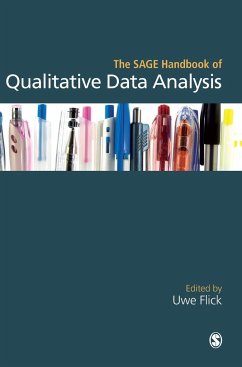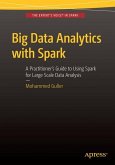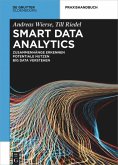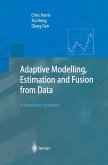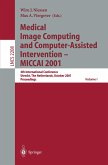The wide range of approaches to data analysis in qualitative research can seem daunting even for experienced researchers. This handbook is the first to provide a state-of-the art overview of the whole field of QDA; from general analytic strategies used in qualitative research, to approaches specific to particular types of qualitative data, including talk, text, sounds, images and virtual data.
The handbook includes chapters on traditional analytic strategies such as grounded theory, content analysis, hermeneutics, phenomenology and narrative analysis, as well as coverage of newer trends like mixed methods, reanalysis and meta-analysis. Practical aspects such as sampling, transcription, working collaboratively, writing and implementation are given close attention, as are theory and theorization, reflexivity, and ethics.
Written by a team of experts in qualitative research from around the world, this handbook is an essential compendium for all qualitative researchers and students across the social sciences.
The handbook includes chapters on traditional analytic strategies such as grounded theory, content analysis, hermeneutics, phenomenology and narrative analysis, as well as coverage of newer trends like mixed methods, reanalysis and meta-analysis. Practical aspects such as sampling, transcription, working collaboratively, writing and implementation are given close attention, as are theory and theorization, reflexivity, and ethics.
Written by a team of experts in qualitative research from around the world, this handbook is an essential compendium for all qualitative researchers and students across the social sciences.
Uwe Flick s handbook of qualitative data analysis is an illuminating new resource for qualitative and mixed methods scholars. What these authors do in exploring how we think when we do analysis will be invaluable for practicing researchers, novices and experienced hands alike. These essays will also provoke further investigation, discussion, and theorizing about what was once the most neglected area of qualitative research practice. The handbook represents the breadth and depth of what we do when we make sense of information we have gathered about our world. It is an exciting contribution to the methodological literature, and I congratulate Dr. Flick and his colleagues for their achievement here. Judith Preissle, Professor Emeritus 20130917

